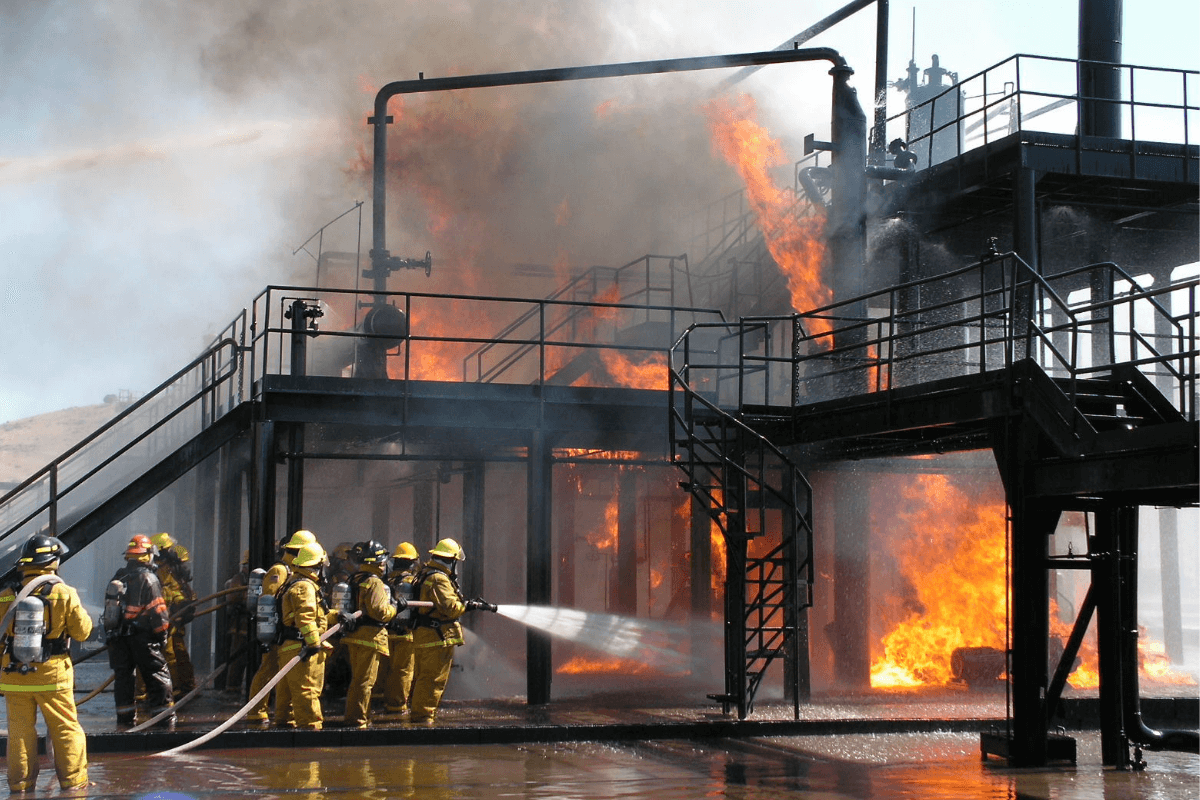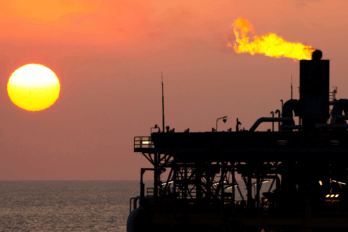
Working around oil and gas drilling operations can be extremely dangerous, especially if things go wrong. When highly flammable substances escape and come into contact with ignition sources, explosions can result and cause a lot of damage. Oil rig explosions are not rare events. Texas leads the country in oil and gas production and operates more drilling rigs than any other state. Every oil rig requires humans to operate and maintain it. More oil rigs mean more opportunities for serious accidents if proper safety protocols are not followed.
The most damaging oil rig explosion in U.S. history occurred southeast of Texas in the Gulf of Mexico.
Onshore oil rig explosions occur more frequently – especially in Texas – and usually with significant but less damage than offshore explosions, but the fact that many explosions could have been prevented makes the severe injuries and loss of life especially hard to accept.
The Worst Oil Rig Explosion in U.S. History
On April 20, 2010, the offshore drilling rig Deepwater Horizon exploded, burned, and then sank in the Gulf of Mexico, killing 11 people and initiating the largest oil spill in U.S. history. Over the next 87 days, 3.2 million barrels spilled into the Gulf before the well could be capped. By comparison, the spill by the Exxon Valdez in Prince William Sound in Alaska in 1989 was about 257,000 barrels.
Investigation into the incident revealed a combination of human error and equipment failures ultimately led to the disaster.
In its final report to President Obama in January 2011, the National Commission on the BP Deepwater Horizon Oil Spill and Offshore Drilling concluded that systemic failures of risk management led to the well blowout. Had the appropriate guidance been followed, the explosion likely would not have occurred.
How Frequently Oil Rig Explosions Occur

Perhaps because they are more isolated and can be subjected to harsh weather conditions, offshore oil rig explosions tend to do greater damage than some onshore blasts. The Gulf of Mexico contains the largest number of offshore oil rigs in the world, with about 6,000 structures.
Under the U.S. Department of the Interior, the Bureau of Safety and Environmental Enforcement (BSEE) is charged with improving safety and protecting the environment on the U.S. Outer Continental Shelf for the oil and gas industry. The BSEE collects data on offshore incidents. In the 10 year period between 2013 and 2022, there were 23 explosions involving offshore oil rigs.
A 2023 report by the Centers for Disease Control and Prevention (CDC) reviewed fatality data from the U.S. oil and gas extraction (OGE) industry between 2014 and 2019. Of the 470 OGE worker fatalities, 14.5% resulted from explosions. The Permian Basin operations had the most fatalities, with 148, followed by the Western Gulf Basin with 74.
What Causes Oil Rig Explosions
Some accidents are truly unpreventable, but when all is said and done, most oil rig explosions are the result of some type of human error. The breakdown of structures or systems is often because they were not maintained or operated properly. Mistakes happen due to inadequate training or oversight. The following situations can precipitate explosions at oil rigs:
- Equipment failure
- Structural failure
- Bad weather
- Human error
Blowouts Are Some of the Most Dangerous Oil Rig Accidents
Oil and gas extraction equipment operates under high pressure. Blowouts occur when an uncontrolled rush of oil or gas bursts up from a well, often due to a failure of the pressure control system. Above-ground blowouts are the most common, but they can also occur underground or under water.
If the spill cannot be contained before it encounters an ignition source, explosion and fire are the result. Ignition can occur quickly and before a source can be identified. The Occupational Safety and Health Administration (OSHA) cautions that any of the following sources can lead to a blowout at oil and gas extraction operations:
- Static and electrical energy
- Open flames
- Cigarettes
- Power tools
- Hot surfaces
- Frictional heat
- Lightning
Oil Rig Explosions Are Bigger and More Frequent in Texas

In 2005, the BP Refinery in Texas City exploded, killing 15 people and injuring another 180.
Serious safety deficiencies, including human error and equipment and structural failures, were determined to be the cause.
What makes the oil rig explosions a bigger deal in Texas is the cumulative effect of so many incidents.
As of 2024, Texas has 371 drilling rigs – almost four times more drilling rigs than its closest competitor, New Mexico. Thus, it’s not surprising that Texas also has the highest incidence of worker injuries and deaths from oil and gas extraction operations.
The following are a sampling of oil rig explosion incidents in Texas over the last ten years:
- January 2020 – A blowout of the Wendland well in Burleson County killed three people and seriously injured one. Ineffective well-control practices were found to be the cause.
- August 2019 – Four workers were injured in an explosion at an oil rig in Jasper County south of Kirbyville. An equipment malfunction was the suspected cause.
- March 2015 – An oil rig in West Texas exploded, killing three workers attempting to install a blowout preventer. Serious safety violations were the cause.
- October 2014 – Five employees suffered burn injuries when a blowout caused an explosion at an oil rig east of Cotulla in southern Texas.
- April 2014 – Two oil well workers were killed and nine injured in West Texas by a high-pressure explosion while they were replacing a wellhead.
Worker Injuries in Oil Rig Explosions
Injuries sustained in oil rig explosions include burns and blunt force trauma from the force of the explosion. Many oil and gas extraction injuries are also severe enough to result in some type of amputation.
Of the nearly 2,000 severe injury reports submitted to OSHA by oil and gas extraction industry employers from 2015 through 2021, 29% of the injuries involved amputation.
Where To Get Help if You Are Injured in an Oil Rig Explosion
It’s clear that working in and around oil and gas extraction operations is dangerous work with the potential for serious injury. When safety considerations are not understood and prioritized, severe accidents can happen. The problem is there may be little to no warning before an explosion occurs, and those nearest the blast can be very badly injured.
The Texas oilfield injury lawyers at the law office of Dax F. Garza, P.C. specialize in maritime law and understand the dangers inherent in oilfield work and the responsibility of employers to keep workers safe. If you or someone you know was injured in an oilfield accident, you can contact Dax F. Garza, P.C. to schedule a free consultation and learn about your right to recover compensation.

